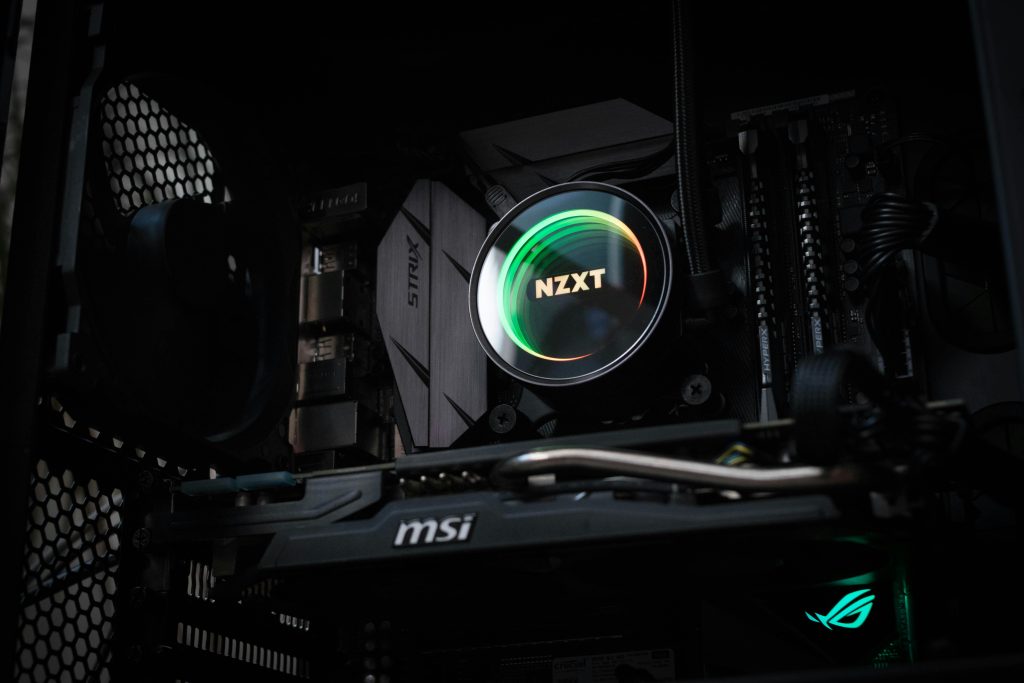Ensuring Privacy When Reusing an Old Company Laptop: A Comprehensive Guide to Deep Cleaning and Security
Reusing an old company laptop can be a cost-effective and environmentally friendly decision, but it raises important questions about data security and privacy. Many corporate devices are equipped with monitoring software, asset management tools, or even tracking applications that could compromise your personal privacy if not properly addressed. If you’ve recently acquired a second-hand corporate laptop, it’s essential to perform a thorough cleaning and security check before putting it to personal use.
Understanding the Risks of Reusing Company Devices
It is not uncommon for companies to implement monitoring solutions to oversee employee activity, including keystrokes, browsing habits, and application usage. In some cases, these monitoring tools may persist even after the device has been reassigned or disposed of. As such, prior to using an old company laptop for personal endeavors, you should assume that some residual monitoring or management software might remain.
Steps to Securely Reclaim Your Privacy on an Old Company Laptop
1. Backup Important Data
Before proceeding with any cleaning procedures, ensure that any essential data you wish to retain is securely backed up. After the wipe, all stored data on the device will be irrecoverable.
2. Perform a Complete Operating System Reinstallation
The most effective way to remove monitoring software is to wipe the existing operating system and reinstall a fresh copy. Here’s how to do it:
– Create Bootable Media: Download the official installation media for your operating system (e.g., Windows, Linux, or macOS) from a trusted source. Use tools like Rufus (for Windows) or balenaEtcher (for multiple OSes) to create a bootable USB drive.
– Boot from External Media: Insert the bootable USB into the laptop and restart the device. Access the BIOS/UEFI settings to change the boot order, ensuring it boots from your USB.
– Format and Install: Follow the prompts to partition and format the existing drive completely before installing a fresh OS. This process ensures that any software—including potential monitoring tools—is eradicated.
3. Replace or Securely Wipe the Hard Drive
While OS reinstallation generally suffices, for added security, consider:
– Replacing the Hard Drive: Installing a new SSD or HDD completely removes any residual software and data. This is especially helpful if you suspect the existing drive might have firmware-level modifications or
Share this content:



